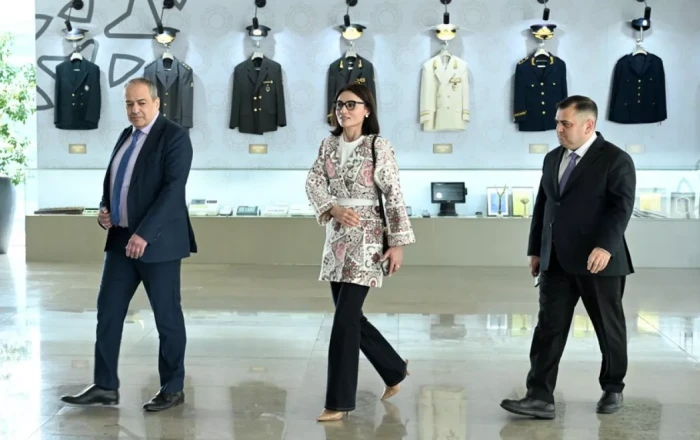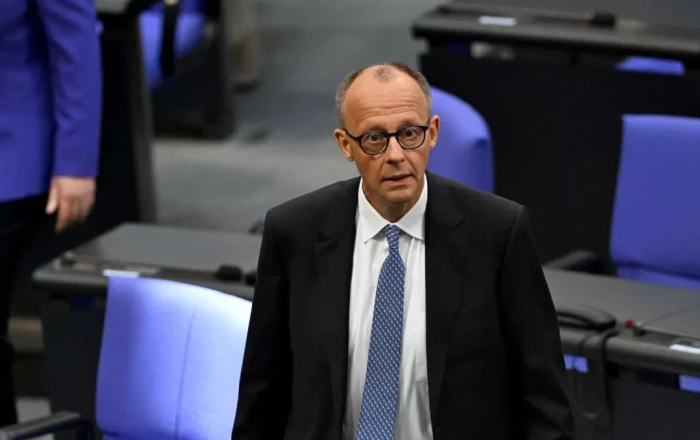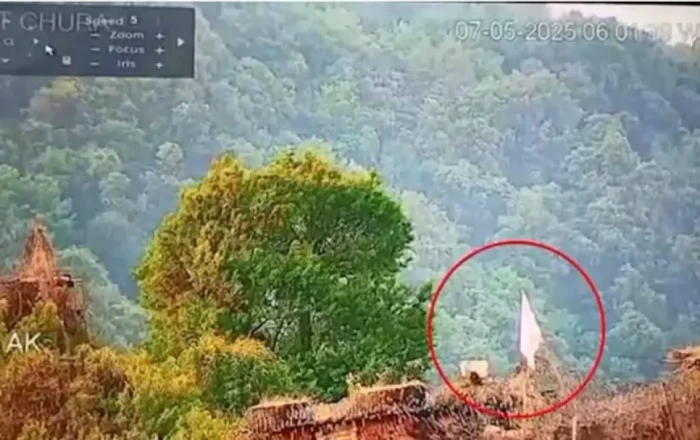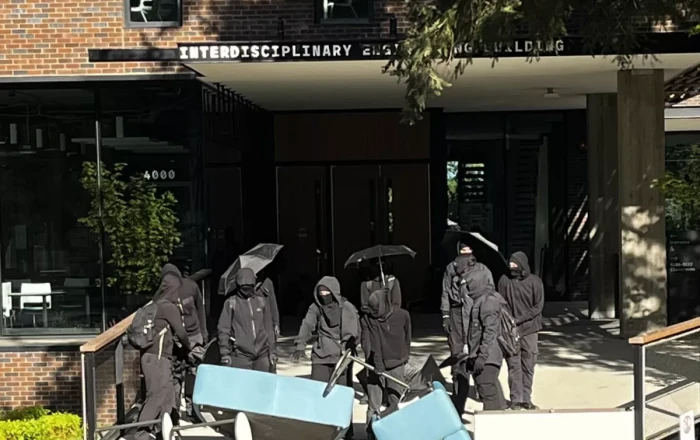The Economist unveils in a fresh article that drones have become a game-changer in the war in Ukraine, transforming military tactics.
Commanders now monitor screens as surveillance drones scout for targets, with artillery or kamikaze drones following up on identified targets. However, more than half of these drones are taken down due to jamming and accidents. A new and more effective solution is emerging: fibre-optic drones. With no radio signal to jam, these drones are proving difficult to intercept.
In Kyiv, production of these drones is rapidly expanding, with output expected to grow from 600 per month to 10,000 by the end of the summer. 3DTech, one of several Ukrainian companies involved in fibre-optic drone manufacturing, also produces thousands of kits monthly to upgrade existing drones. Mihailo, commander of Ukraine's Typhoon drone unit, says that while fibre-optic drones currently make up 20 per cent of his fleet, that number will rise as production scales up.
These drones are controlled by a thin filament, much like the wire-guided missiles used since 1945. The fibre-optic connection provides a clearer picture to pilots, drastically improving the quality of the feed compared to traditional drones. The new drones first appeared on the frontlines a year ago, with Russia deploying them in large numbers by the end of 2023, followed by Ukraine. Their ability to operate in areas where radio signals are unreliable, such as hilly terrain, has made them particularly valuable.
Both sides are racing to secure fibre-optic cable, with Ukraine reportedly bombing a Russian factory in April. While Ukraine doesn't yet produce its own fibre, companies like 3DTech are pushing to test their own supply. Despite some challenges, including short range and training requirements, fibre-optic drones are proving to be a significant advancement in the conflict.
Looking ahead, the ultimate goal for both sides is to develop laser weapons capable of disabling incoming drones and missiles, a technology already being tested in Ukraine.
By Naila Huseynova
Source: caliber.az












